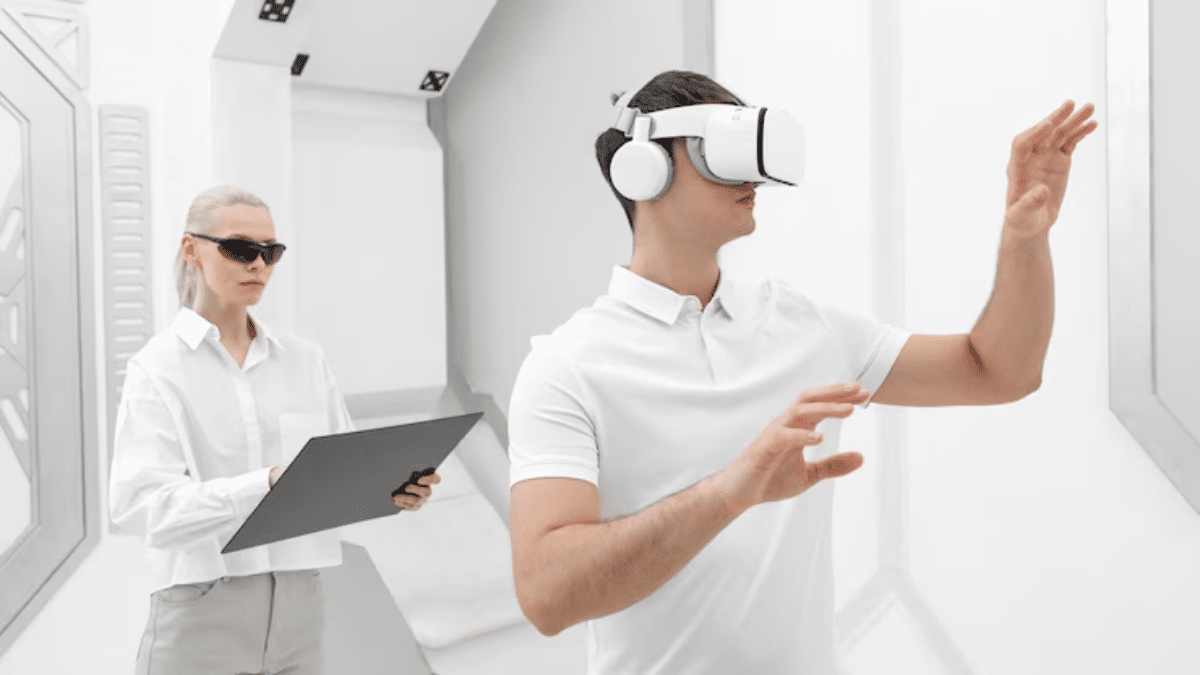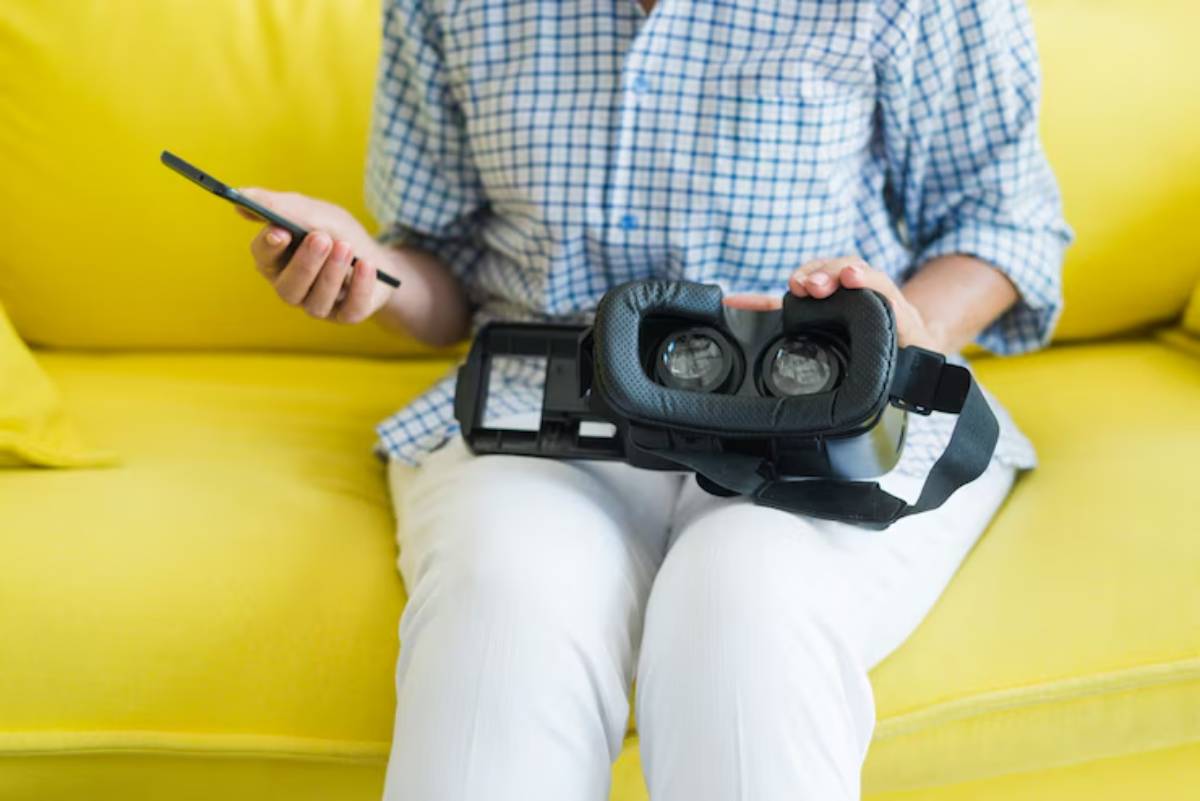
VR Resolution Breakdown: Quest vs Vive vs Index
Ever taken off your VR headset mid-session and felt slightly underwhelmed by the visuals? Maybe the environment looked slightly blurry, or the text was just hard to read. This isn’t just a matter of software — it’s a hardware issue, and the resolution is right at the heart of it.
As VR technology matures, the image quality delivered by different headsets varies more than you might think. Factors like pixel density in VR, panel type, and rendering techniques all play a role. And when you’re choosing between top contenders like the Meta Quest, HTC Vive, and Valve Index, these differences can make or break your experience.
In this article, we’ll dive deep into a VR resolution comparison, break down specs in real-world terms, and help you understand which headset might offer the best VR image quality for your needs. Whether you’re a gamer, designer, or just diving into virtual worlds for the first time, this is your guide to seeing more clearly.
Understanding Resolution and Pixel Density in VR
What Does Resolution Mean in VR?
In simple terms, resolution refers to the number of pixels displayed per eye. The more pixels, the crisper the image.
However, it’s not just about numbers. In VR, you’re looking at screens extremely close to your eyes through magnifying lenses. That introduces new challenges:
- Screen door effect (SDE): The visible grid of pixels
- Blurring and softness at the edges
- Subpixel structure: Some panels use different arrangements that affect clarity
Why Pixel Density Matters
Pixel density — usually measured in pixels per inch (PPI) — affects how detailed and sharp everything looks in VR. A higher PPI means:
- Text is more readable
- Objects look more defined
- Immersion improves dramatically
But here’s the catch: higher resolution also demands more from your GPU. So while sharpness increases, performance may take a hit unless you’ve got the right hardware.
Meta Quest Series: Balancing Clarity and Convenience
Meta Quest 2
- Resolution per eye: 1832 × 1920 (LCD)
- Refresh rate: 90Hz to 120Hz
- Pixel density: Around 773 PPI
- Lens type: Fresnel
The Quest 2 was a game-changer for accessible VR, and its resolution still holds up today. Text is readable, and games like Superhot or Beat Sabre look smooth, but some fine detail can be lost at a distance.
Meta Quest 3
- Resolution per eye: 2064 × 2208 (LCD)
- Refresh rate: 120Hz
- Pixel density: ~1218 PPI
- Lens type: Pancake (better clarity and smaller form factor)
The Quest 3 delivers a substantial upgrade in resolution and clarity. Its improved pixel density reduces screen door effect, and the new pancake lenses offer better edge-to-edge clarity. The result? Crisp visuals, vibrant colours, and improved comfort.
Interested in how this compares on a broader scale? Check out is-the-quest-3-worth-the-upgrade-from-quest-2 for a deeper dive.
Valve Index: High Refresh Rate, Moderate Resolution

- Resolution per eye: 1440 × 1600 (LCD)
- Refresh rate: Up to 144Hz
- Pixel density: ~615 PPI
- Lens type: Dual-element Fresnel
The Valve Index isn’t about chasing ultra-high pixel counts — it focuses on motion clarity and smoothness. With its high refresh rate and wide field of view (~130°), it delivers fluid gameplay and minimal motion blur.
But it does fall behind in sharpness when compared to newer headsets. If you value silky frame rates and precise tracking for competitive VR games, Index still holds its ground. But for reading fine in-game text or working in virtual desktops, you may notice the pixel limitation.
HTC Vive Series: Evolution in Resolution
HTC Vive Pro 2
- Resolution per eye: 2448 × 2448 (LCD)
- Refresh rate: 120Hz
- Pixel density: ~815 PPI
- Lens type: Dual Fresnel
The Vive Pro 2 boasts one of the highest resolutions in consumer VR, and it shows. Text is razor-sharp, and environmental detail is remarkable in titles like Half-Life: Alyx.
But its benefits come with trade-offs:
- It needs a high-end PC to run smoothly at full resolution.
- Visual clarity dips at the edges due to lens design.
- The headset is relatively bulky.
Still, if you want high-res visuals without stepping into enterprise-level pricing, the Vive Pro 2 is a strong contender.
- Best budget pick: Meta Quest 2
Real-World Scenarios: Which Headset Performs Best?
Gaming and Visual Immersion
- Quest 3 and Vive Pro 2 offer the sharpest visuals.
- Valve Index provides the smoothest and most natural movement.
For gamers who love fast-paced action, the Index’s high refresh rate is still hard to beat. But for those who want gorgeous worlds with crisp details, the Quest 3 or Vive Pro 2 win.
Productivity and Virtual Workspaces
Reading fine text, coding, or designing in VR needs sharp displays.
- Vive Pro 2 is ideal for workstation-style setups.
- Quest 3 also works well when tethered to a PC, especially with Air Link or Oculus Link Cable.
Want to explore tethering options? See how it compares to PC-first setups in pc PC only VR headsets.
VR Fitness and Movement-Based Apps
In fast-moving environments, clarity is important, but so is comfort.
- Quest 2 still holds up thanks to its lightweight and solid refresh rate.
- Quest 3’s improved clarity offers a sharper experience while maintaining mobility.
Beyond Resolution: Other Factors Affecting Image Quality

1. Lens Design
- Fresnel lenses can introduce glare and god rays.
- Pancake lenses (Quest 3) reduce distortion and improve edge clarity.
2. Foveated Rendering
This technique renders sharp detail only where you’re looking, reducing GPU load. Eye tracking enables this, expected in future consumer headsets.
3. Display Type
- LCD panels tend to be brighter with less risk of burn-in.
- OLED panels offer better contrast and deeper blacks, but can suffer from ghosting.
4. Software Supersampling
Some PC VR platforms allow supersampling — rendering at a higher resolution than the headset supports, then downscaling for improved clarity. It’s GPU-intensive but boosts perceived detail.
Future Outlook: What’s Next for VR Resolution?
Emerging headsets like the Apple Vision Pro and Varjo Aero are pushing boundaries further:
- Micro-OLED panels: Combine high resolution with vivid colours
- Up to 35 PPD (pixels per degree): Matching or exceeding human eye detail
- Hybrid reality and productivity-first designs
Expect resolution to continue improving, but also to see smarter rendering and AI-driven visual enhancements that make even modest hardware look sharper.
Conclusion: Clarity Is Contextual — Choose What Fits You

There’s no single answer to which headset has the best VR image quality — it all comes down to what you’re using it for.
Ultimately, the resolution in VR headsets is only one part of the puzzle. Comfort, tracking, field of view, and software support are just as important. But when it comes to seeing clearly and feeling immersed, high resolution and pixel density can transform your VR experience from good to unforgettable.
Still deciding which headset to invest in? Our VR headset comparison guide provides a comprehensive breakdown of features beyond resolution, including comfort, compatibility, and ecosystem fit.


